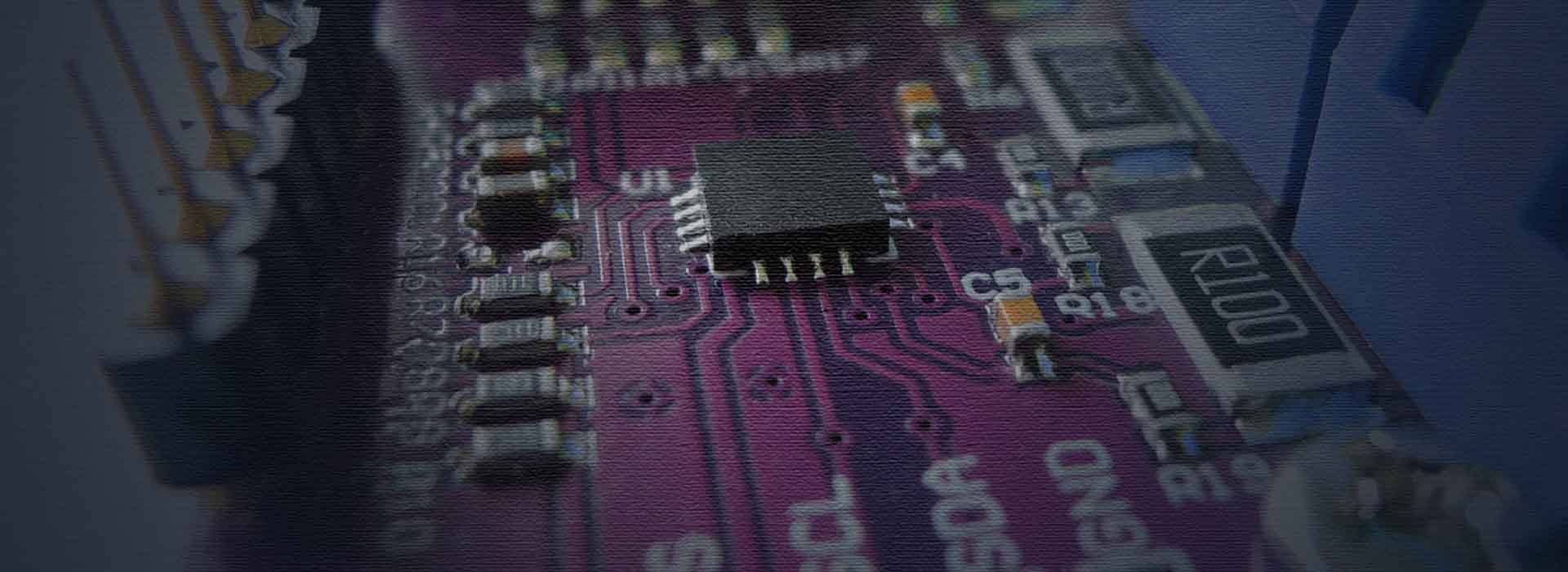
Powerful Design Editors Suite
Access comprehensive schematic creation, PCB layout, and component management in one integrated environment. Industry-leading tools designed for efficient electronic development workflow.
More detail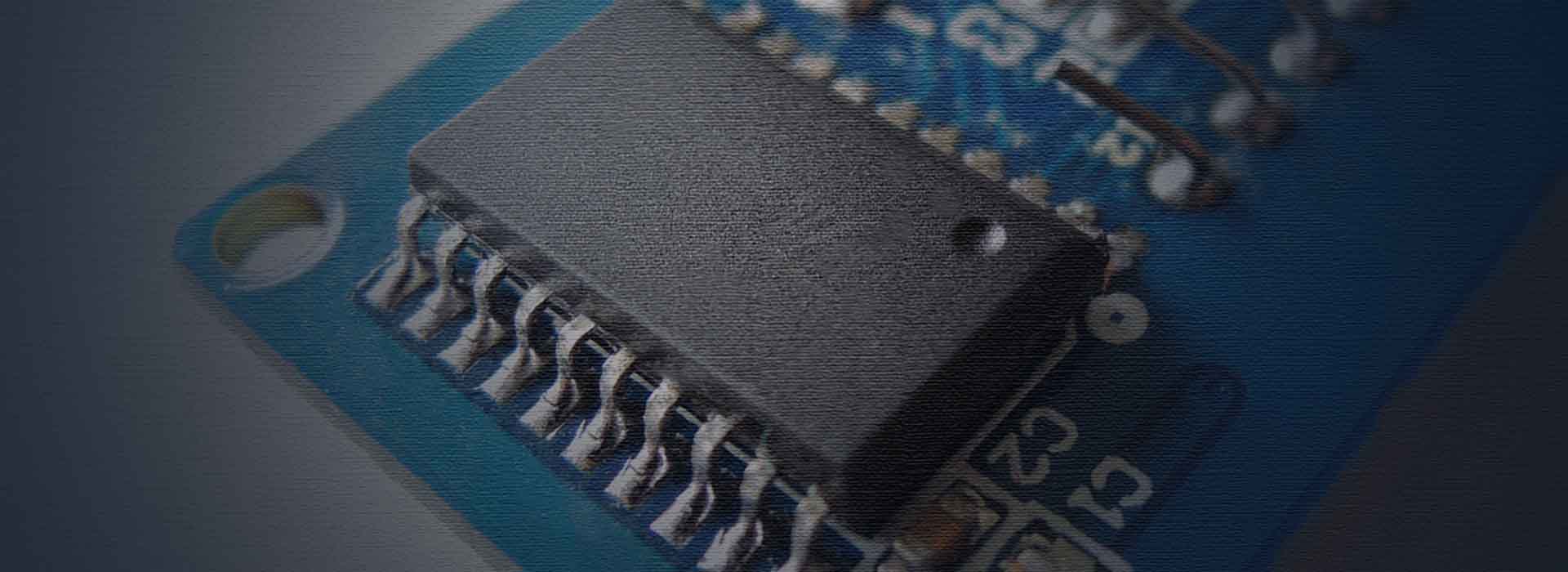
Intelligent PCB Routing Solutions
Experience next-generation routing technologies including AI-assisted ActiveRoute, differential pair routing, and length tuning. Optimize every connection with intuitive push-and-shove technology.
More detail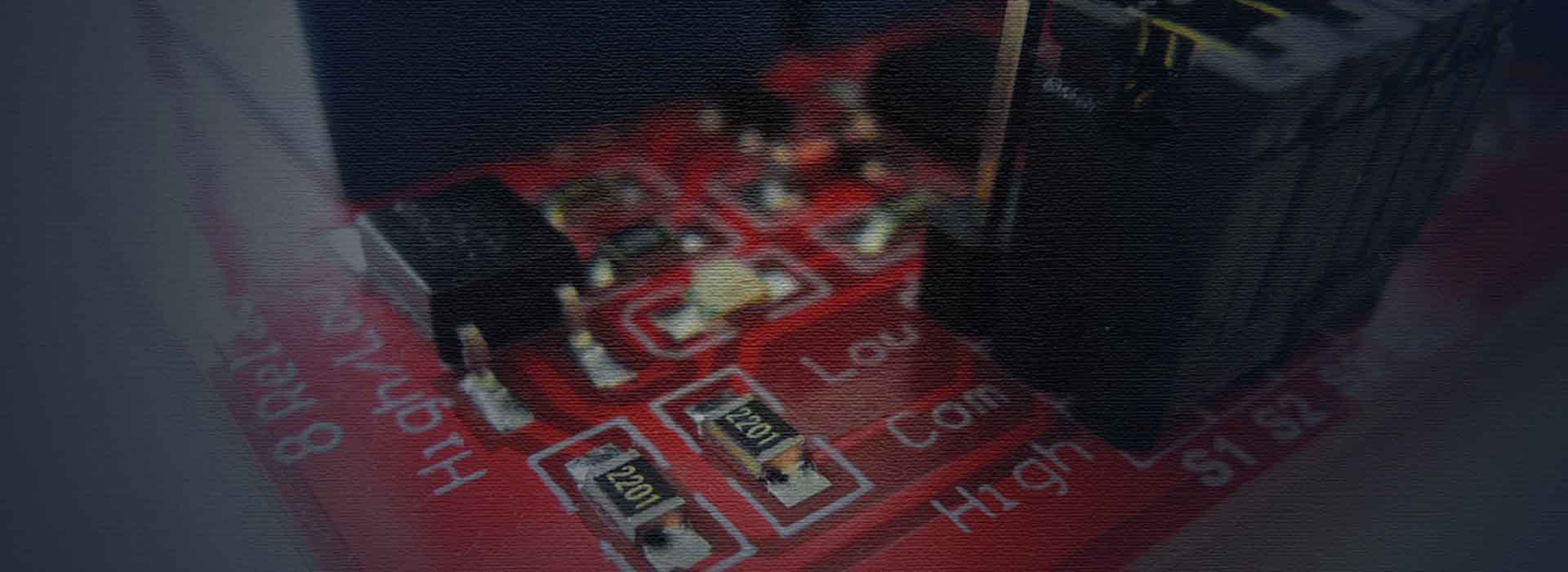
Advanced 3D Visualization & Verification
Validate designs with immersive 3D visualization, comprehensive constraint management, and automated rule checking. Ensure every design meets electrical and physical specifications before production.
More detail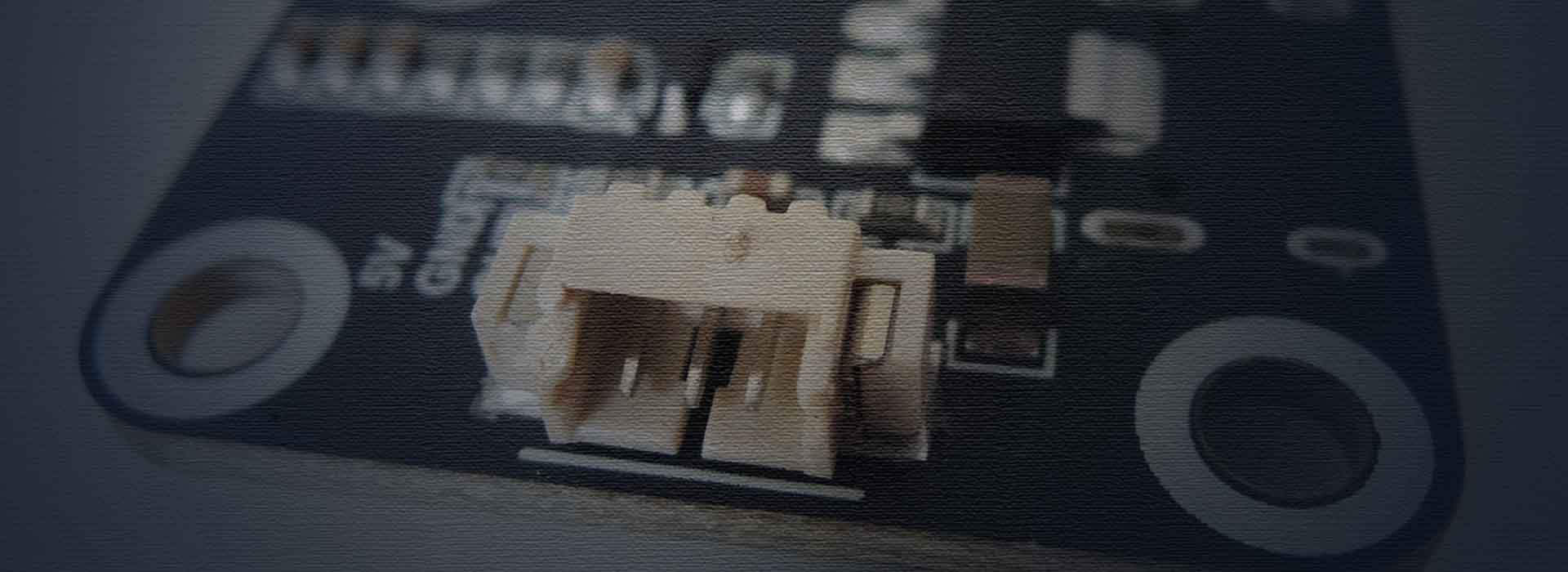
Seamless MCAD-ECAD Collaboration
Bridge the gap between mechanical and electronic design with powerful CoDesigner tools. Synchronize your PCB designs directly with mechanical enclosures and receive real-time feedback on fit.
More detail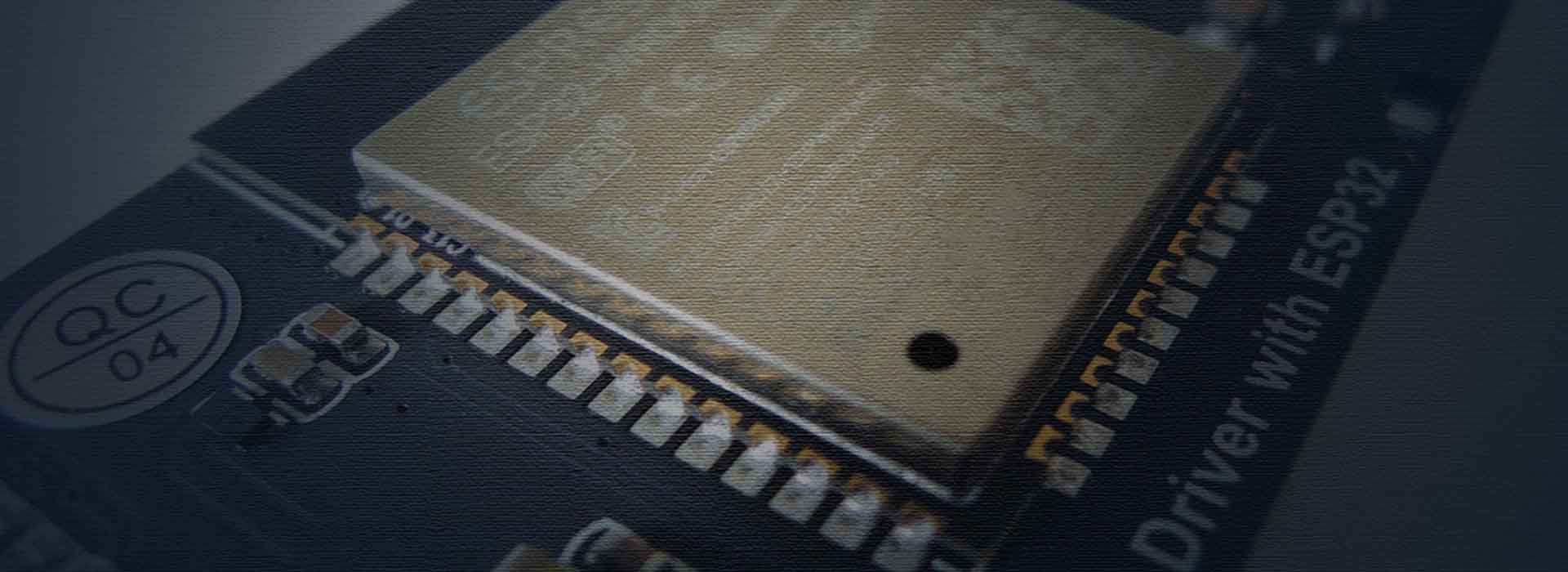
AI-Powered Design Optimization
Leverage artificial intelligence for smarter layouts, intelligent component arrangement, and predictive design assistance. Automate repetitive tasks and discover optimal design solutions.
More detail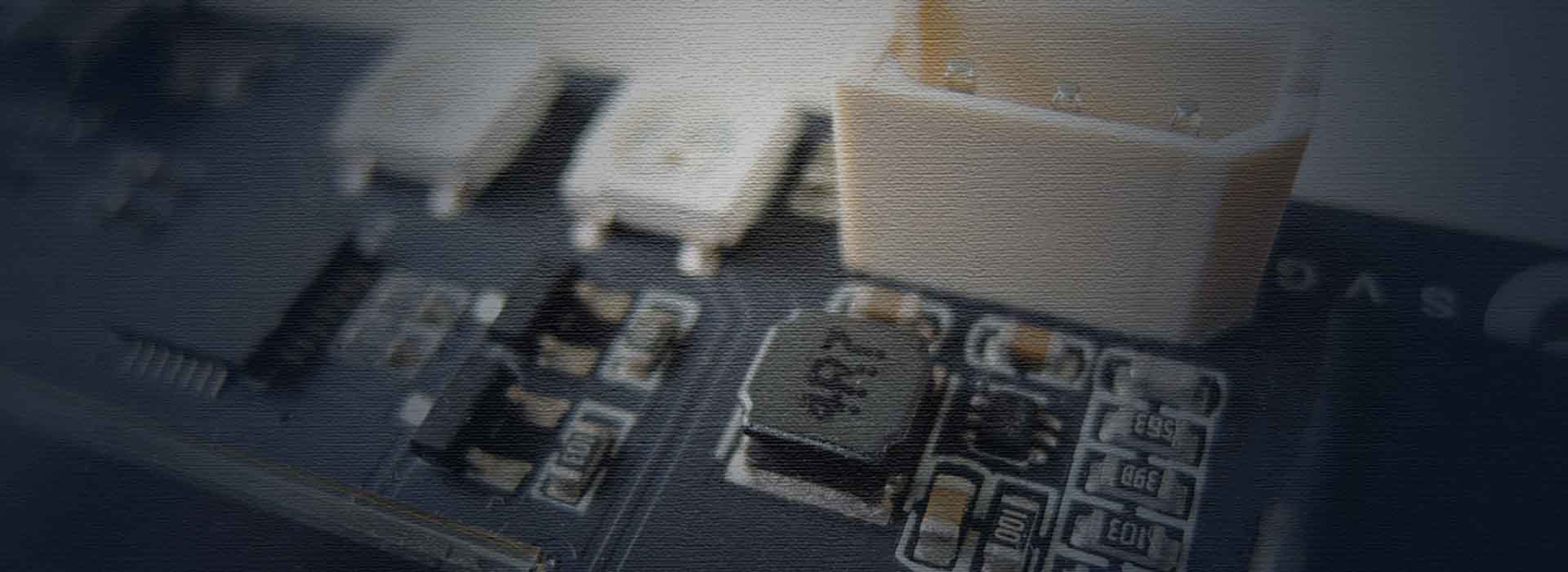
Comprehensive Production Documentation
Generate professional manufacturing outputs, interactive BOMs, and detailed assembly instructions. Streamline your transition from design to production with automated documentation tools.
More detail